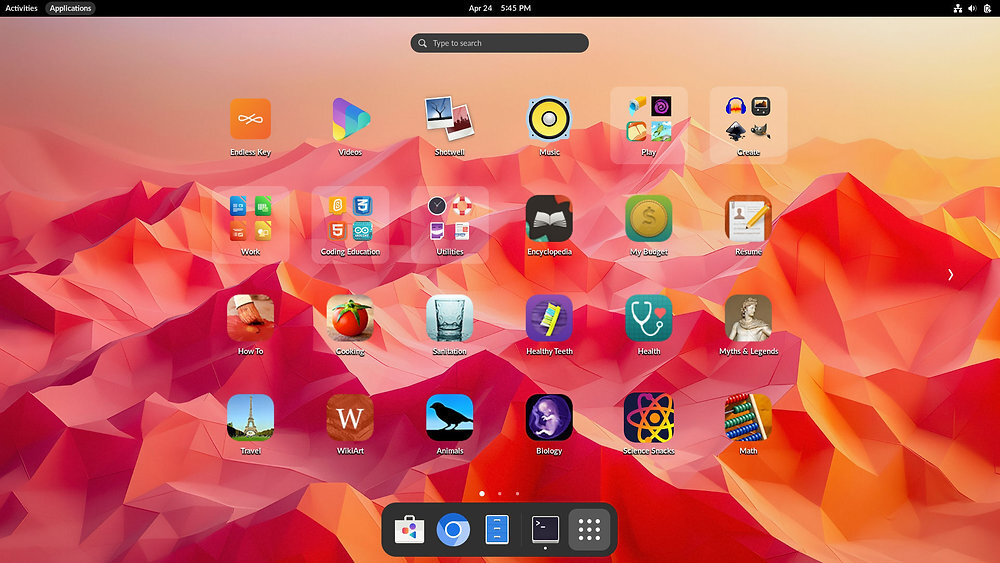- 5 Posts
- 11 Comments

 4·3 months ago
4·3 months ago@narc0tic_bird@lemm.ee @million@lemmy.world
A fix has already been published to Steam stable on Flathub. Workarounds can be removed now.
The last commit on that repository was 7 years ago, seems unmaintained. I wouldn’t recommend using this.
If someone decides to use it anyway, don’t use their udev rules. Just install
steam-devicesorgame-devices-udevinstead. If you don’t have those packages available in your distro, all rules can be found in the git repo https://codeberg.org/fabiscafe/game-devices-udev

 4·4 months ago
4·4 months agoYou shouldn’t use
sudoto runpowerprofilesctl

 16·5 months ago
16·5 months agoyou are vulnerable during pairing which is for like a minute.
I said this twice on the PSA: it’s hard to tell if your device is in discoverable mode, and it’s easy to forget it in that state, or start it accidentally. I’ve caught my devices accidentally in discoverable mode many times. You could have your PC a whole week in discoverable mode and never notice it, just by having a settings window left open.
It’s more risk than most people should take, hence the warning.
Still, if you’re comfortable with the risk, you’re free to change the config and allow insecure devices.

 21·5 months ago
21·5 months agoThe controller itself is insecure, it doesn’t exactly conform to Bluetooth standard. There’s no indication Sony ever planned cross-compatibility, the DualShock 3 was made to be used only on the PS3 console, where the lack of authorization supposedly wouldn’t be a problem.
Of course, you can still use it on a system where you can accept the risk, as well as on the PS3, or wired. The controllers are not e-waste yet.
Hi, I can answer about the PS3 controller issue. I thought about making a public announcement about this, but I forgot. I’ll work on that now and then link to it here, but to sum up the situation: Support for insecure legacy devices is now disabled due to CVE-2023-45866, and that includes the PS3 controller. You can re-enable support, but that will make your PC vulnerable when Bluetooth is in discoverable mode — that’s when you’re pairing a device; in GNOME that’s when you just have the Bluetooth settings open; easy to have on by accident.
I’ll explain how to re-enable support in the PSA post. It’s a one-liner, but I won’t put it here because I think people should be well-informed of the risks before considering it.
Edit: PSA posted at https://lemmy.world/post/11498269

 15·5 months ago
15·5 months agoWayland and X11 are protocols, they are essentially just documentation. You need an implementation to be able to actually run programs on it, called a compositor. People tend to think of X11 as a single software because historically Xorg became dominant as the main implementation of the specification, so most of us have only ever used Xorg (but Xorg is not the only implementation of X11, there are many others). Wayland, as a newer protocol, hasn’t undergone such consolidation yet, there are many competing compositors implementing the protocol in their own way. GNOME has one such compositor, and KDE has their own, and there are many others. So it’s not about “Desktop Environments” all running over the same compositor, as it was on Linux in the Xorg days. Instead, the Wayland features you get are the ones your choice of compositor has already implemented, and can vary between different compositors.

 4·6 months ago
4·6 months agoYou should be able to type
çthe way I described for all apps, so you could just remove your custom layout. I highly recommend theEnglish (intl., with AltGr dead keys)layout, it’s perfect for coding and writing in English. It’s a bit more work to write in Portuguese, though, so it took me a while to get used to it, but it’s worth it if coding is what you’re doing most of the time. In this layout, you must hold AltGr to get the dead keys, otherwise it’s a normal English layout.You can also use two layouts — one for English/coding, one for Portuguese — and the keyboard shortcut Super+Space to switch between them. I always have two layouts setup like this, but I never switch anymore because I just learned to love the
English (intl., with AltGr dead keys)layout — and I don’t write much Portuguese nowadays.

 6·6 months ago
6·6 months agoI’m using GNOME Wayland on Fedora 39 and I don’t have the problem you describe. I just go to settings and select my keyboard layouts:
- English (US, intl., with dead keys)
- English (intl., with AltGr dead keys)
And everything just works. I specially like the second one because it doesn’t interfere with keybindings in games, which can be a problem in GNOME Wayland.
Oh, I think I get the issue you’re having, you can’t find the Çç character on the Linux layout 😅 I always have to explain this to people migrating from Windows, it’s
AltGr+,(right Alt key plus Comma). I like this shortcut better than the Windows layout, but I understand some people might not like it. Unfortunately, I can’t answer your question, as I too don’t know how to customize the keyboard layout. I just got used to the Linux layout.

 1·6 months ago
1·6 months agoSame here! We 100% Linux people don’t get a chart, but we know exactly where we stand.


rpm-ostree currently does not support DKMS, and it’s unlikely that’ll be implemented anytime soon, if ever. It does support akmods, though, which is the preferred way to build Kernel modules on Fedora. You could ask if the packager can build that way to support the Fedora Atomic editions.
If you need these Kernel modules now, I think your only option would be to build manually from source, but that has the downside of requiring a manual step every time the Kernel is updated.
Edit: there are a few issue reports already: https://github.com/pop-os/system76-dkms/issues/58 https://github.com/pop-os/system76-acpi-dkms/issues/16